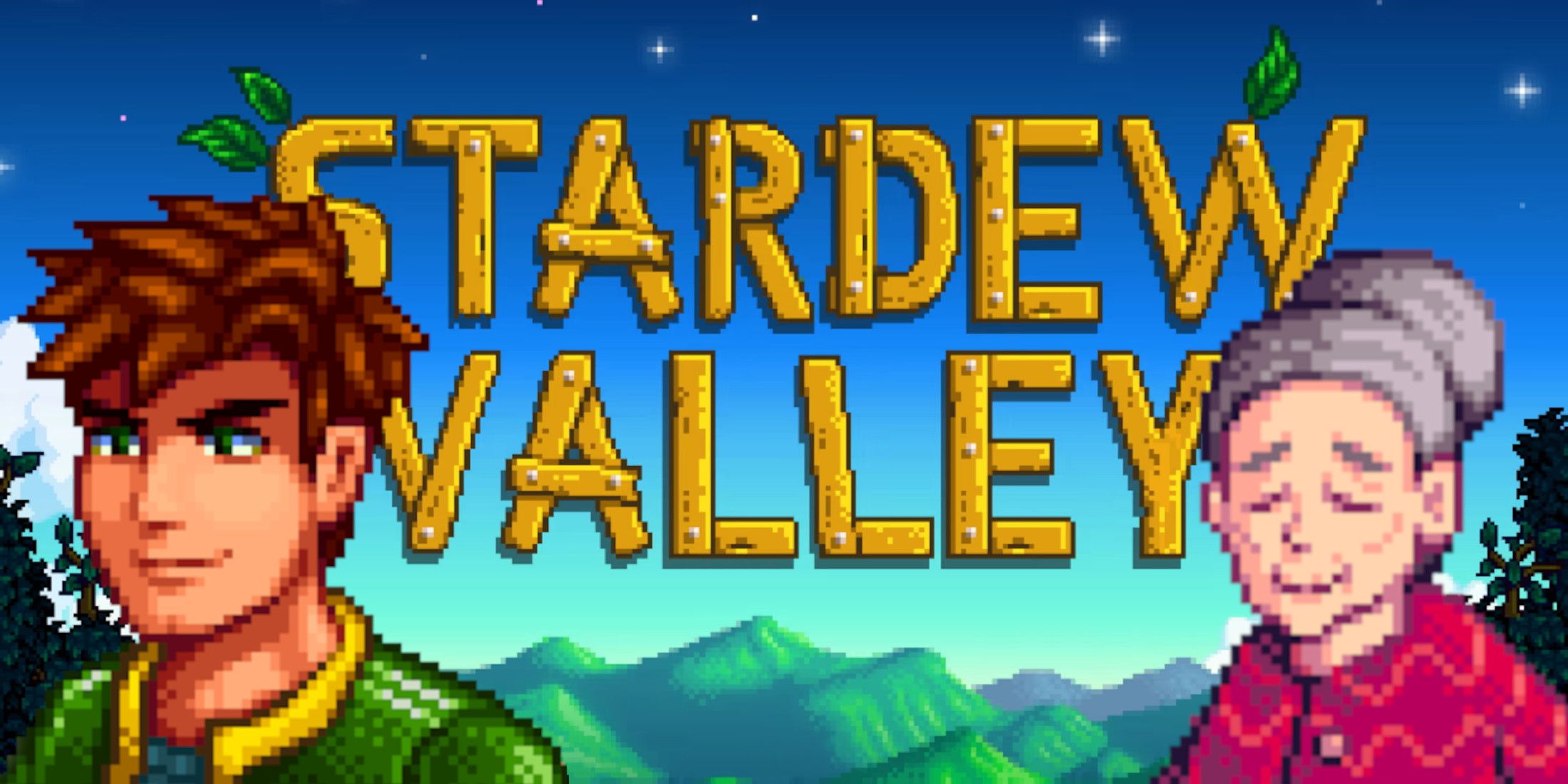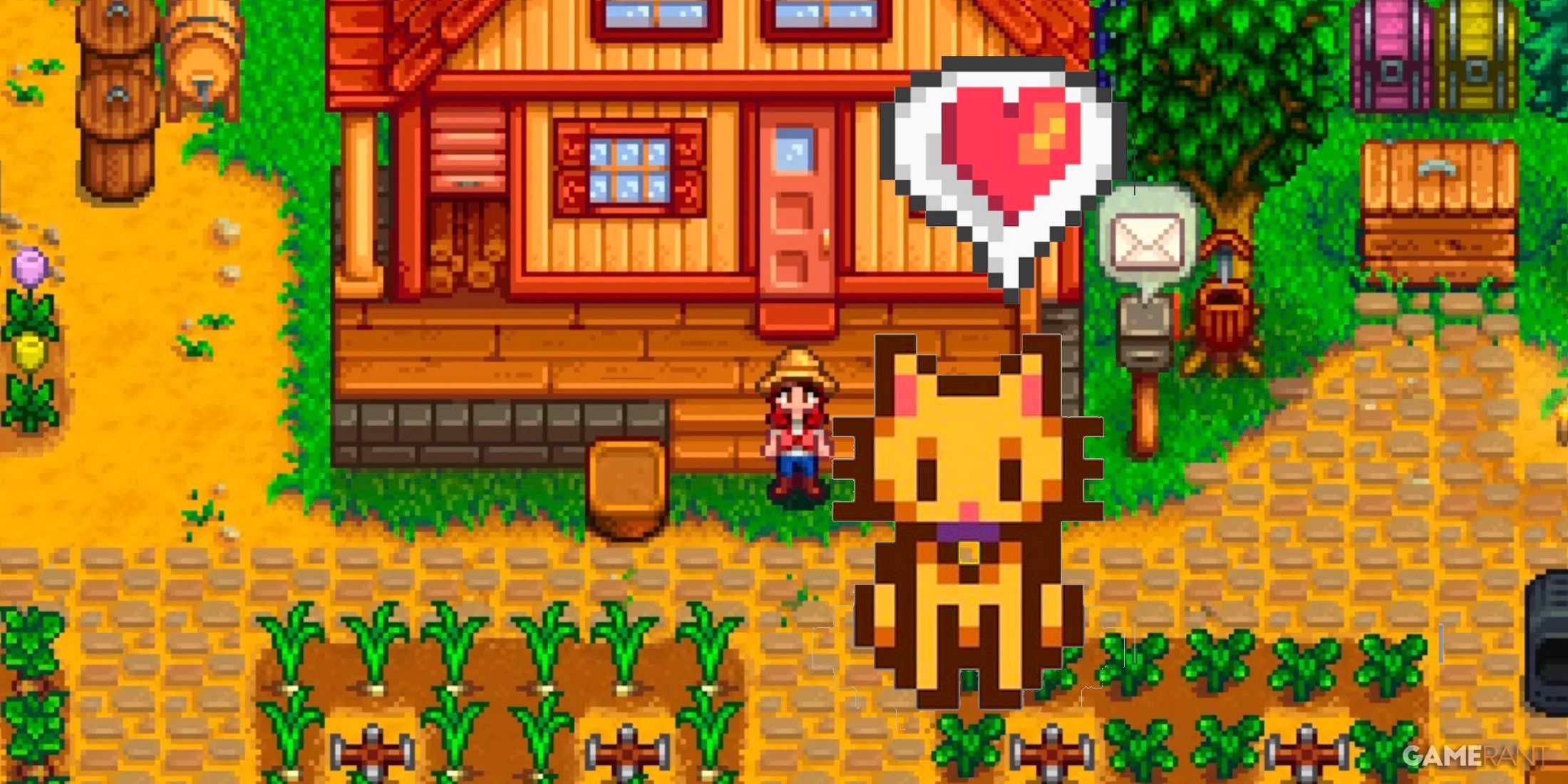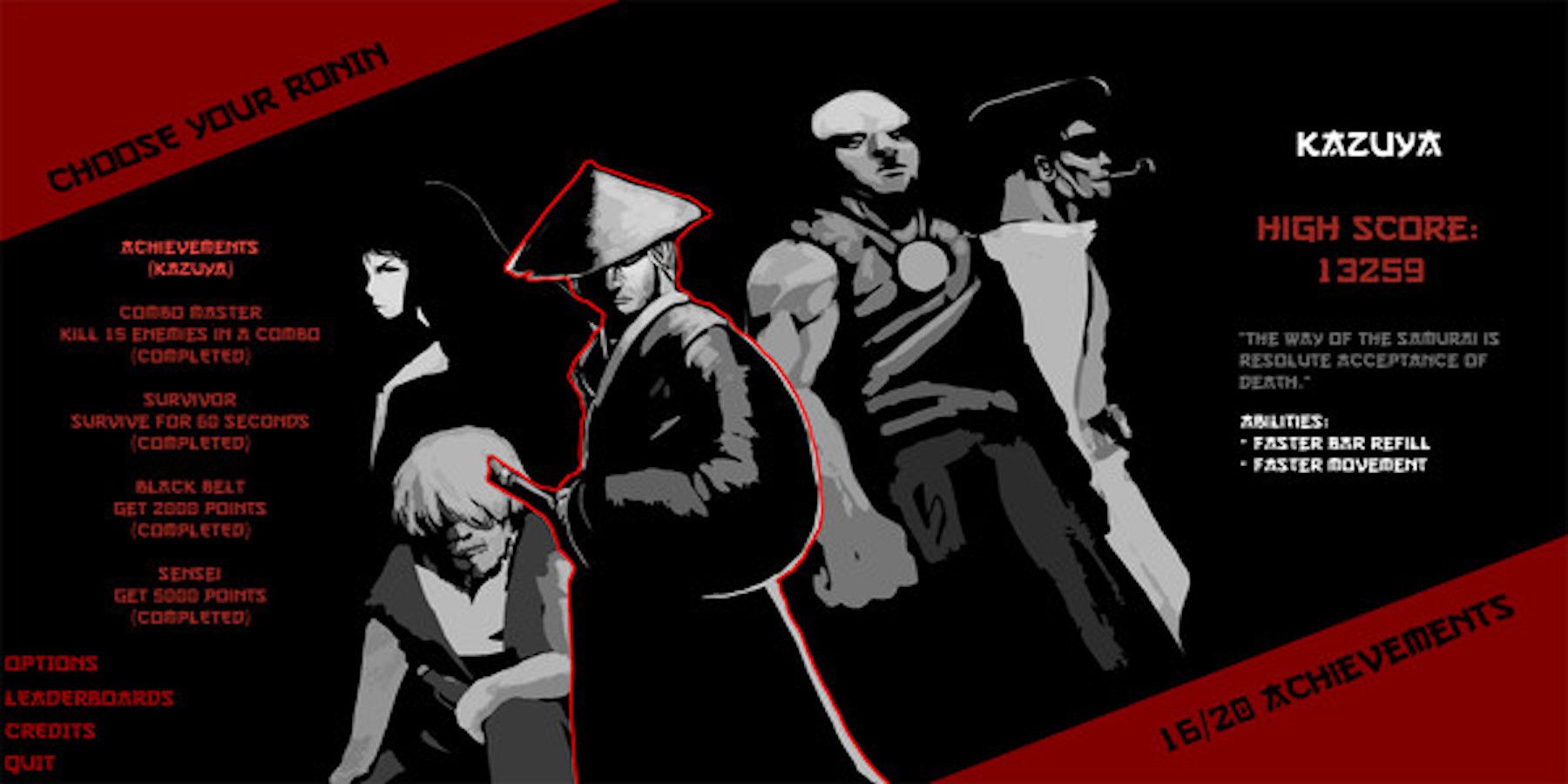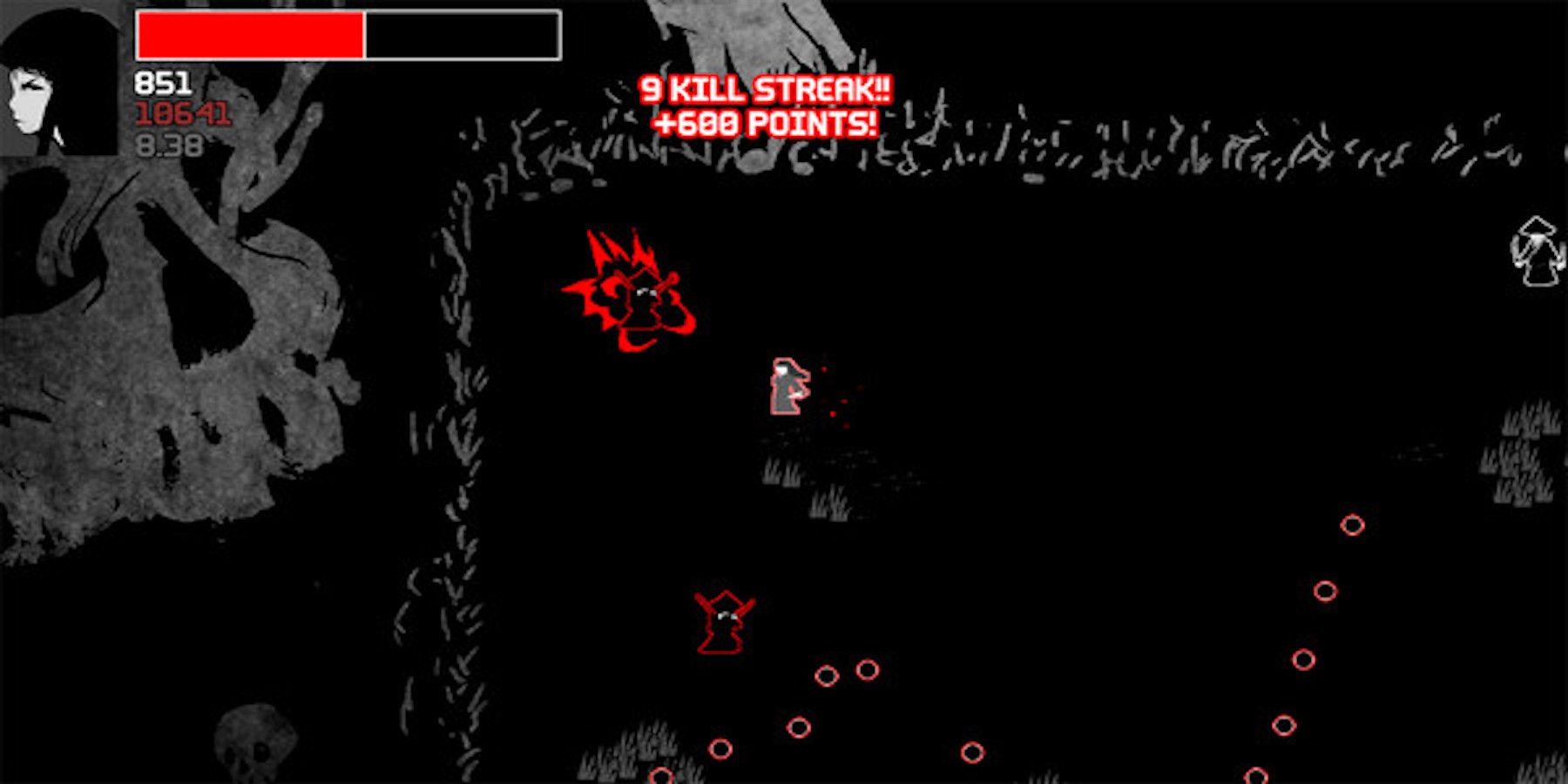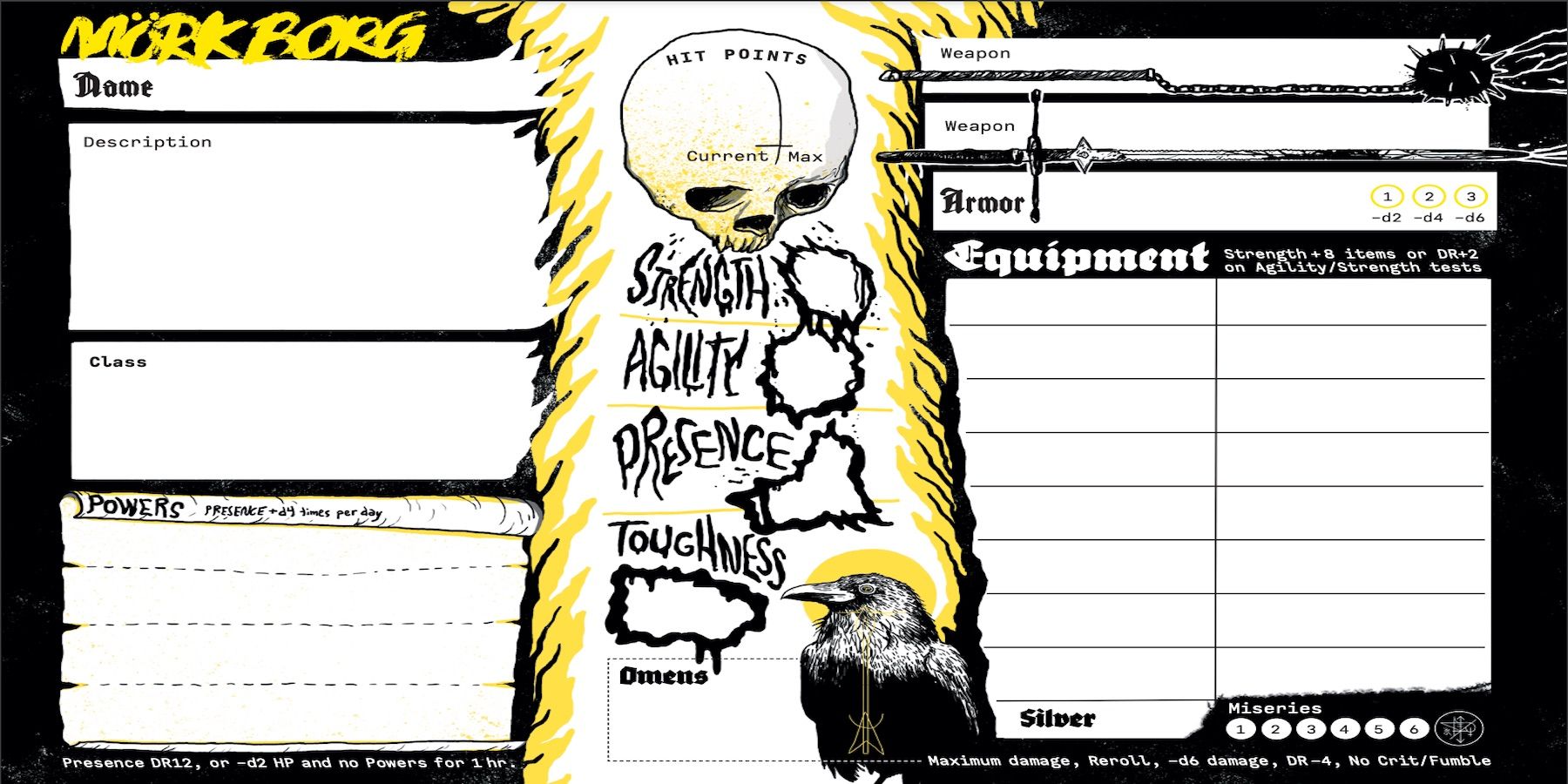For Brandon Yu, the solo dev behind indie studio Chaoclypse, making video games is just one way he expresses his creativity. “It's not really about just making games for me,” said Yu, who recently released frenetic 2D platformer HAYAI on PC, “I just love making stuff.”
Yu wants other people to experience the same joy he does when creating new things, and, in recent months, he’s discovered a decidedly more analog way to accomplish that — tabletop role-playing games. Game ZXC sat down with Yu to chat about what tabletop games can teach players about video game design.
Developing HAYAI Gave Yu Perspective on His Creative Goals
After finishing work on HAYAI, one of his first forays into commercial video game design, Yu took some time to think about what he wanted out of his experience as a developer, he said. “I’ve been asking myself: ‘do I really love making games?’” Experimenting with different media, making art, writing, and even composing music, Yu realized that it was more the process of making anything that he enjoyed. “That helped me realize that I just love being creative,” he said.
Before graduating from university, Yu said that he told a teacher that he wanted to “inspire people to create.” After developing and publishing video games, he’s now asking himself whether that’s the right medium for accomplishing those aims, he said.
“I think that there's this childlike joy in making stuff. I’m not sure that I can do that through video games.”
While weighing his options, Yu said that he spent time talking to members of the HAYAI player base, including one player who went by the moniker Nokia. During a conversation with Nokia, Yu said he asked how he could inspire people to think creatively while playing his games. “His answer was two parts,” Yu said. Nokia’s initial response was, “you kind of already are,” he said. HAYAI,a samurai-themed platformer that requires players to draw out attacks with the mouse, allows for some freedom of choice when it comes to playstyles. “That was something I had to chew on for a bit,” Yu said.
Nokia’s second point, though, was to suggest that he explore tabletop RPGs. Yu took that advice, and it proved to be a major change in his outlook on the creative process.
Solo RPGs Bring Power to the Players in Ways That Games Like HAYAI Don’t
Yu’s foray into TTRPGs started with Mork Borg, a Swedish-black-metal-themed tabletop game. What was particularly unique about the game, he said, was that it was designed to be played alone, rather than in a group. “When I first started, the idea of playing a solo TTRPG was a bit strange to me,” Yu said. But, the more he played and thought about the concepts, he realized that playing an RPG by one's self isn’t all that different from sitting down alone to play a video game. However, there was one distinction between playing a solo video game and a tabletop RPG of a similar variety, Yu said. “In the case of a solo RPG, you're making stuff up as well. You’re creating the game’s constraints and structures for yourself as you play.”
Essentially, he said, the player designs the game as they play it. The creative process inherent in a solo TTRPG was fascinating, Yu said, and he saw it as a possible avenue for people to experience the same joy he does when making things. “You’re making something that you are going to enjoy, and if you don’t enjoy it, nobody else is going to play it,” he said. “I think that’s a very pure form of design.”
Pen-and-paper RPGs are also a much more accessible form of game design than video games, Yu reasoned. “It removes certain barriers to game design, like learning to code, or learning to do art.” All you need, he said, is a good idea and the dedication to see it through in a tabletop format. “I think that could be liberating for a lot of people.”
Yu’s feelings about the power of TTRPGs go beyond the theoretical, though. While recording a YouTube series in which he plays solo RPGs on camera, he said he’s heard from people who have been inspired to undertake new creative projects based on his gameplay, he said. “I’ve had people message me saying things like, ‘I've decided to pick up art,’ or ‘ I've decided to change the way I play games or think about things because I watched your series.’” That kind of feedback had never come when he was making video games, Yu said.
“I still love making video games, but this is a very different kind of fulfillment for me.”
Now, Yu is trying to figure out how best to implement the creative features of a TTRPG into video games. He’s been using Ink, a programming language used for interactive novels and other story-based games, to translate some of that feeling into the digital space, he said. “I’ve been messing around with some concepts that I’ve seen in other games to see if I can extrapolate it into a full RPG.”
Ultimately, Yu wants to recreate the feelings he had playing a TTRPG for the first time. “I just want other people to feel the same sense of fulfillment,” he said. “I want people to say to me, ‘dude, I used your game this way, and I put my own spin on it like this.’ That would be so cool.”
HAYAI is available now for PC.


